British ships entered the port during the period of national isolation
Known as a good natural harbor, Muroran has been home to peoples of the sea since the Jomon period. In 1796, the British ship HMS Providence entered the port and Captain Robert Broughton exchanged maps with the Matsumae Clan's doctor. After returning home, Broughton published accounts of his “Exploratory Voyage of the North Pacific,” in which word of Ezo's harbor, Muroran was conveyed.
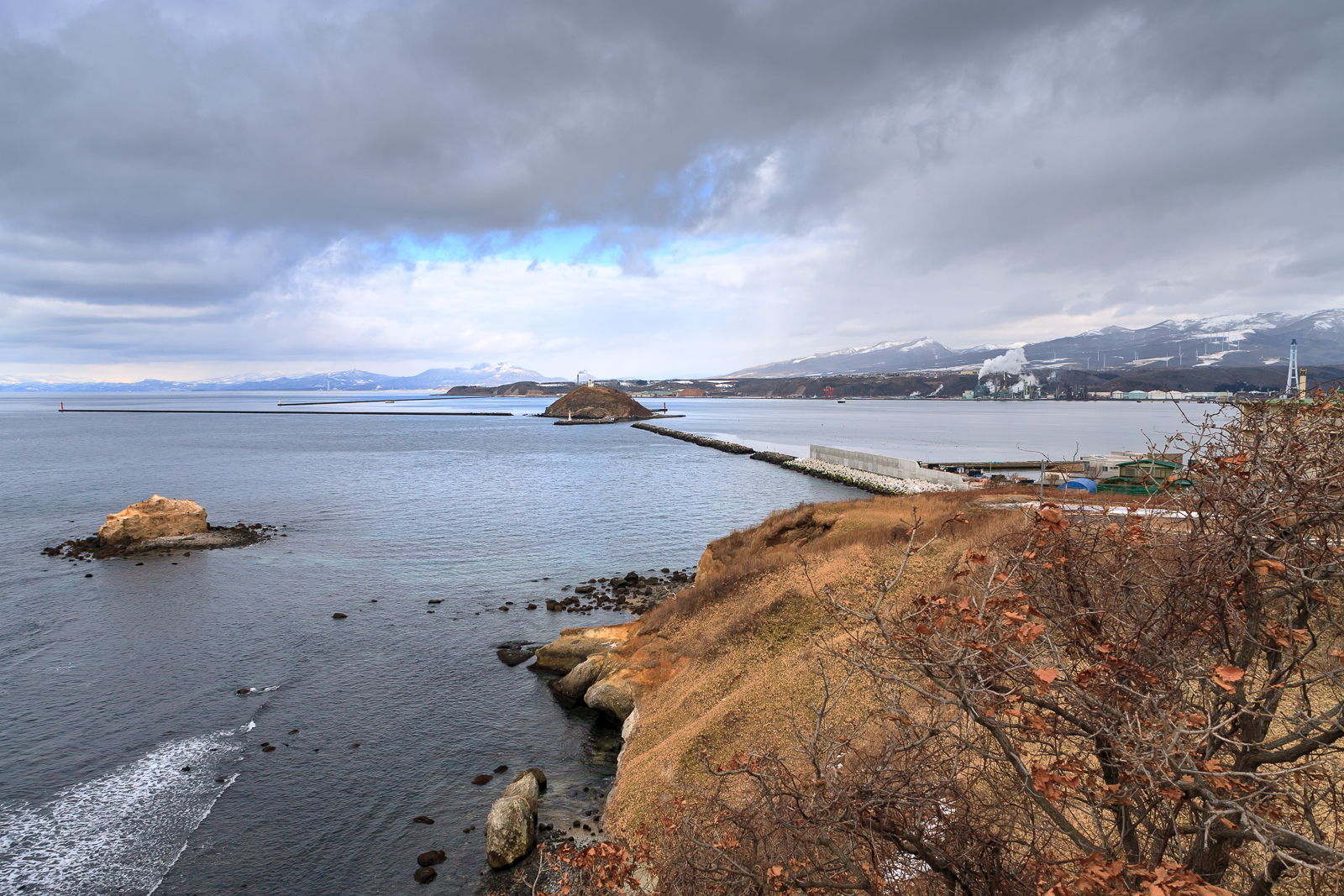

The statue of HMS Providence in Etomo Seaside Park
Development not dependent upon farming led to a manufacturing city
In 1870, a family that ruled over a region that is in the area around which Miyagi prefecture is currently located, moved to Muroran as pioneers, but the topography here didn't lend itself to farming. They supported themselves by hunting, producing salt, raising silkworms and with forestry. Before long they were producing pans and cauldrons from steel, forming the foundations of "manufacturing city Muroran" by means of net making, silk production and weaving.
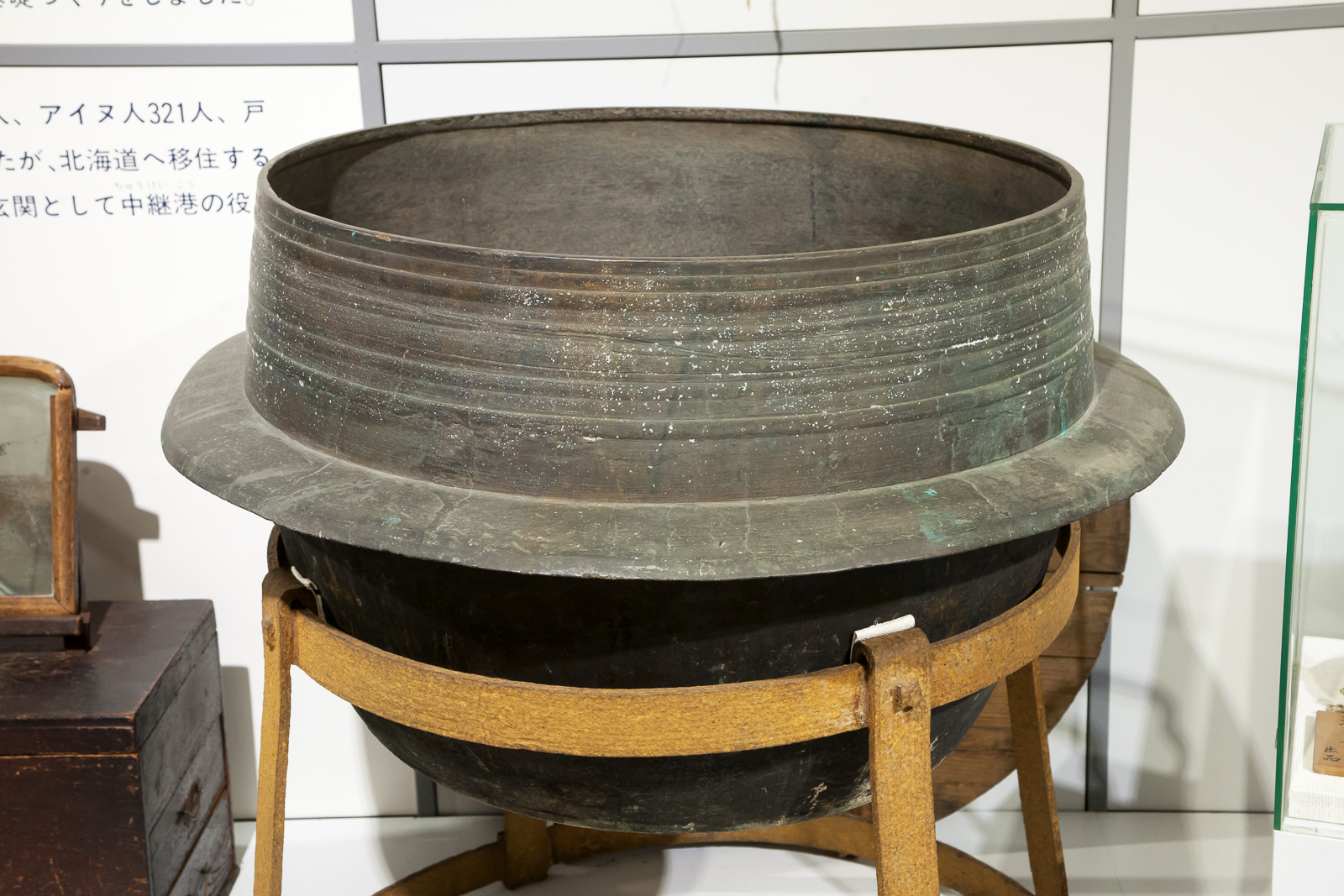
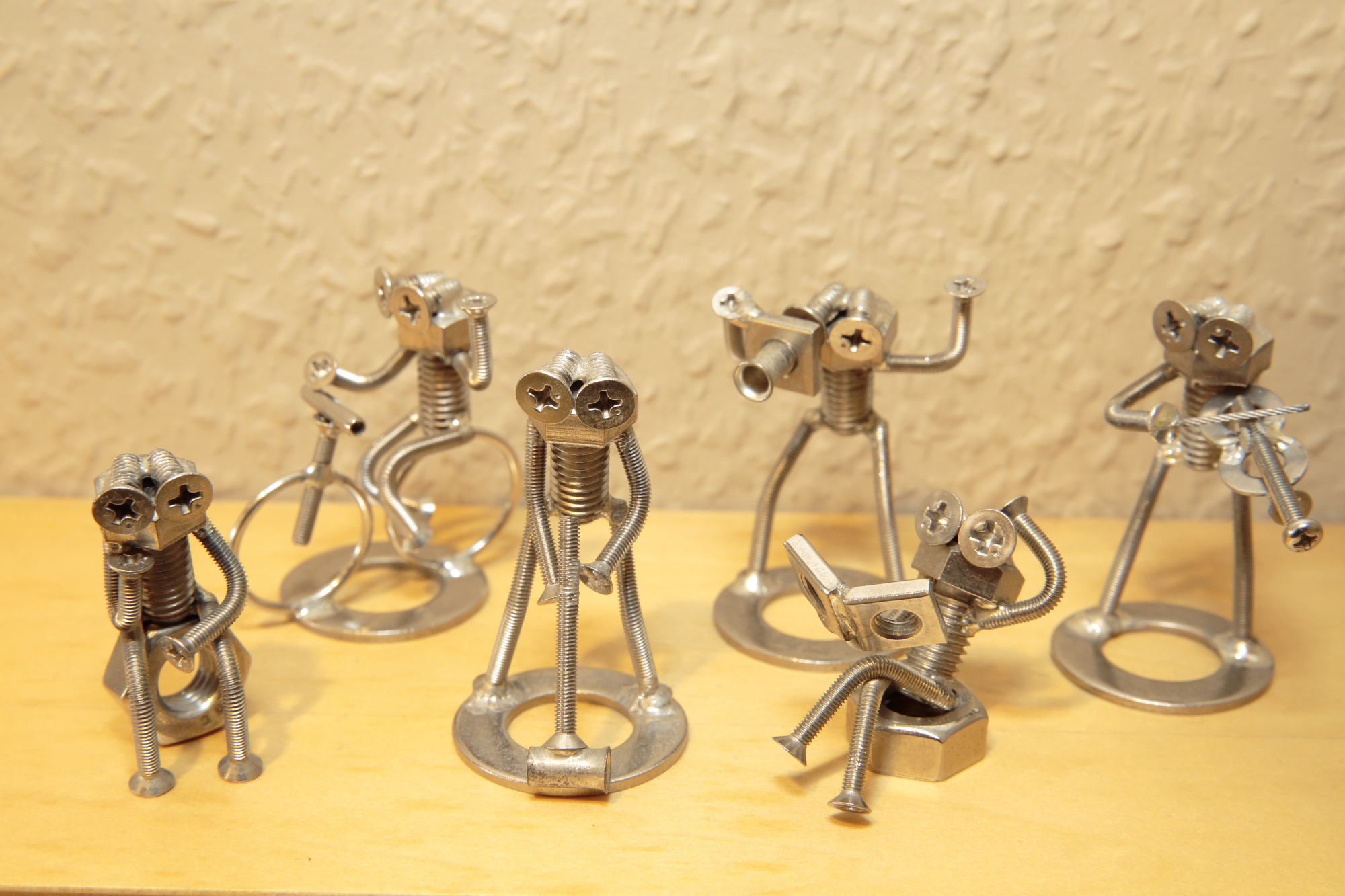
Dolls "Borta" made of bolts (Photograph by Ito Rumiko)
Brimming with the spirit of engineers that make the impossible possible
Muroran is a heavy industries city. In 1887, a British and local enterprise merged and the Japan Steel Works, Ltd. was established. Subsequently, the predecessor of the Nippon Steel Corporation was established and Muroran developed as a "steel city". In 1892, a railway to transport coal from the coalmines of Yubari and Sorachi opened and, like Otaru, Muroran thrived as a coal shipping port. Currently, heavy industry- and chemical plants are concentrated in the vicinity of the port.
On the other hand, the Pacific side of Muroran boasts picturesque scenery, with 14 km of shear cliffs. The contrast of the factories and natural scenery from the rolling hills atop the cliffs is also one of Muroran's charms.
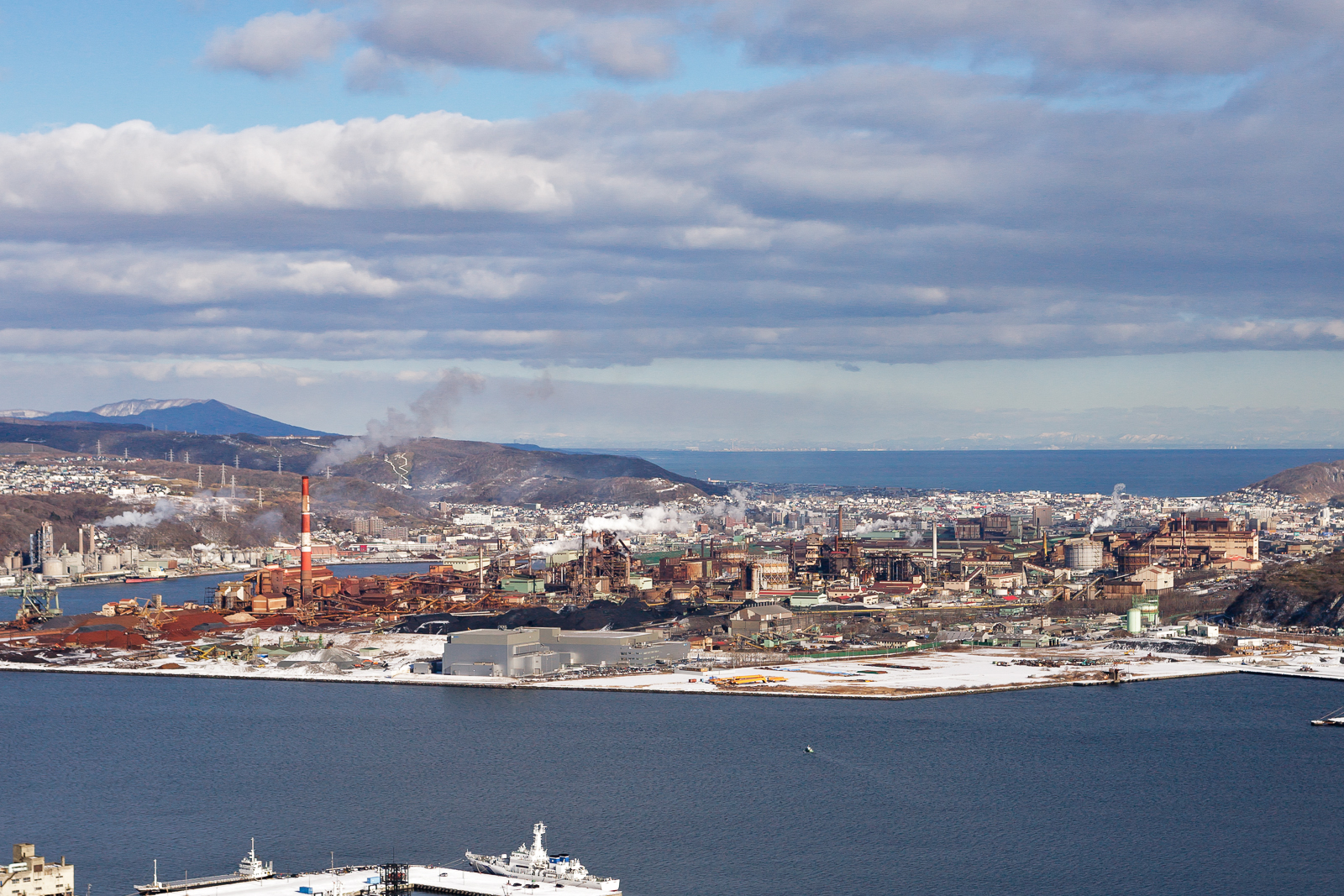
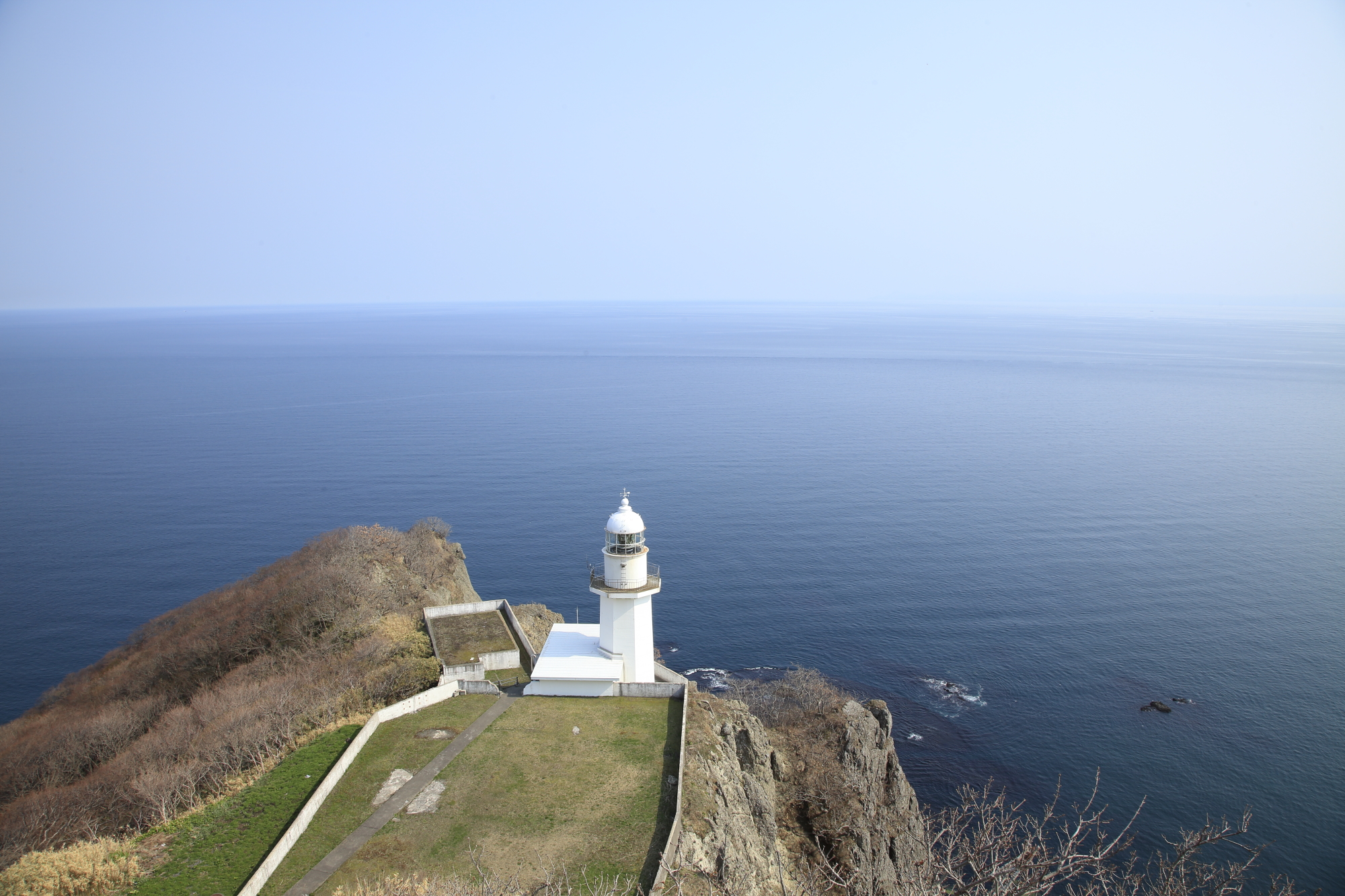
Cape Chikyu (Photograph by Ito Rumiko)
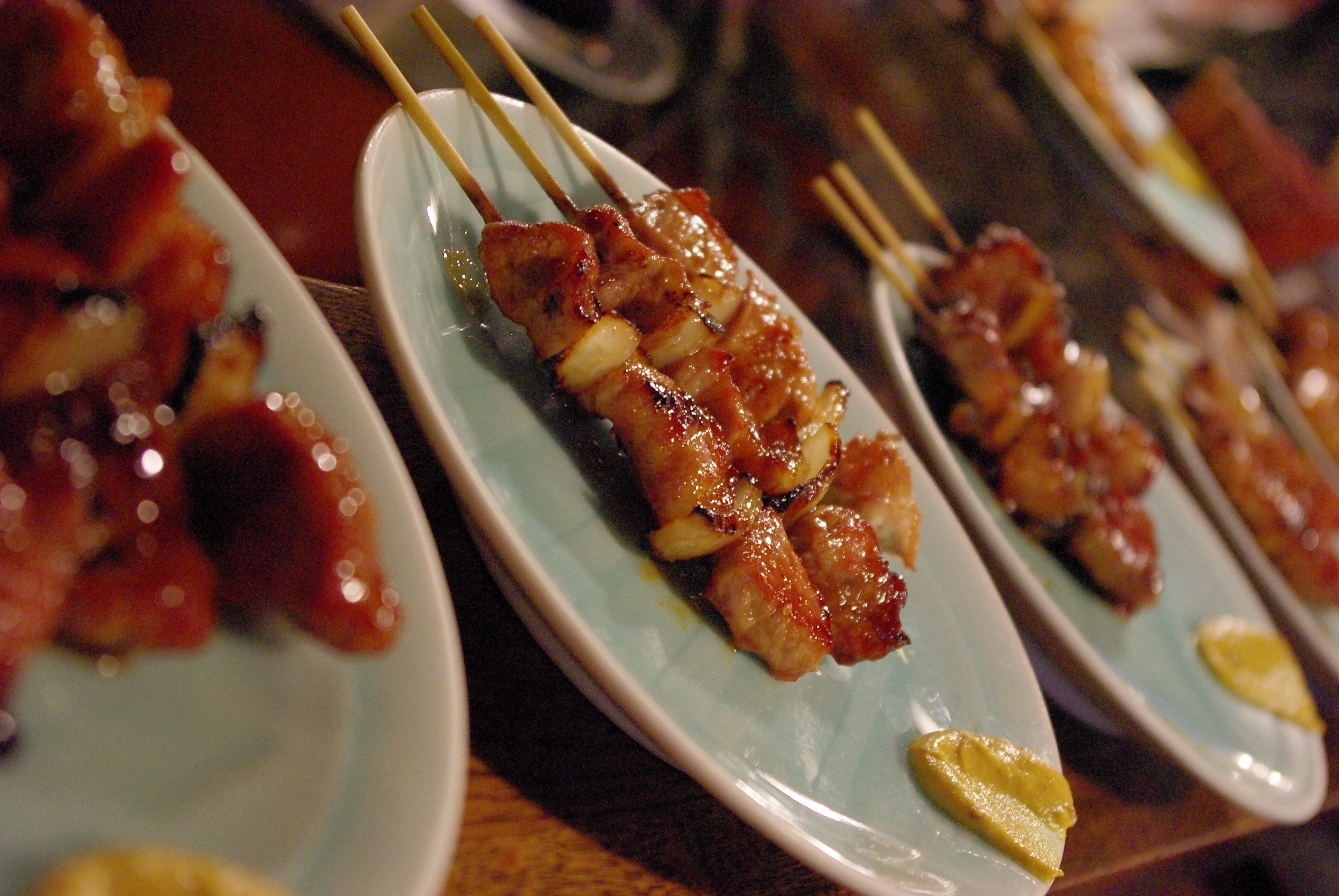
"Muroran yakitori," loved by the workers here (Photograph by Ida Yukitaka)
- Drive from Sapporo on the Hokkaido Expressway, get off at the Noboribetsu-Muroran Interchange --About 2 hours
- Drive from New Chitose Airport on the Hokkaido Expressway, get off at the Noboribetsu-Muroran Interchange --About 1 hour
- Take a limited express train from Sapporo on the JR Muroran Main Line, get off at the Higashi Muroran station --About 1 hour 30 min.
- Take a limited express train from Hakodate station on the JR Hakodate Main Line, get off at the Higashi Muroran station --About 2 hours



